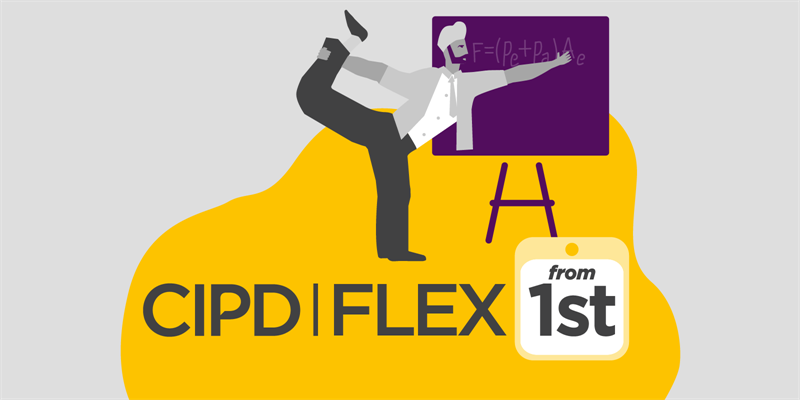Patrick Gallen, Partner, People and Change Consulting, Grant Thorton.
We are no longer working from home, rather living at work. Or, as a colleague recently said, “The weekend now feels like a two-day lunch break”. The novelty of remote working is on the ebb, and the numbers of ‘Zoombies’ on the rise as the ‘dark side’ of home working has been revealed. Employees are suffering from digital fatigue and blurred work-life boundaries.
Technology has, without doubt, been the greatest enabler of the transition to remote working, facilitating communication and maintaining connectedness and collaboration across teams. However, the digital intensity of workers’ days has increased substantially, as technology’s ‘green light’ syndrome shows who is online replacing the first in/last home culture of before. A CIPD report found 70 per cent of the employees polled reported working outside their contracted hours or using annual leave to catch up on work.
With many organisations confirming or anticipating a move to a hybrid model, the virtual workplace is here to stay, and employers need to proactively manage the ‘always on’ culture that is emerging. While many large organisations have announced video free days and extra staff leave, this approach will not work for all. So what can employers do?
Starting at the top, leadership should demonstrate support for employees’ right to switch off, role modelling behaviours such as delaying requests for support or emails outside of work hours, managing customer and client expectations, actively encouraging mini-breaks between calls, and not celebrating unhealthy work practices such as working late or at weekends.
The line manager’s role is critical. They must be equipped to identify the symptoms of digital fatigue and have the confidence to have conversations with team members on work-life balance. This is particularly important, when they themselves are faced with additional demands in adapting to these new working practices.
In the office, nonverbal cues from body language can reveal how busy or stressed an individual feels. In the remote world, time for informal check-ins need to be deliberately factored in. Regular pulse surveys provide valuable insights into how people are coping and follow-up workshops with managers and employees to address key findings can support transparency, open communications, and trust, leading to collective design of solutions.
Training can provide valuable support for employees in managing their digital fatigue. Effective use of available tools and tips for running effective virtual meetings help avoid unnecessary and unproductive calls. Resilience and mental health training are also useful to support employee recognition of the symptoms of digital fatigue and how to manage it.
With Ireland introducing the ‘right to disconnect’ code of practice and the UK government being called to include it in the employment bill, there is a clear challenge and opportunity for organisations as we move out of lockdown and grapple with hybrid working. Employee health and wellbeing is a business critical issue, so not only is it the right thing to do, but healthier, happier employees are more productive. Future-proof working practices must be top of the agenda, to help staff flourish in the virtual workplace and avoid the ‘Zoombie’ rising.
- Home
- CIPD Blogs
- CIPD Northern Ireland Blog

